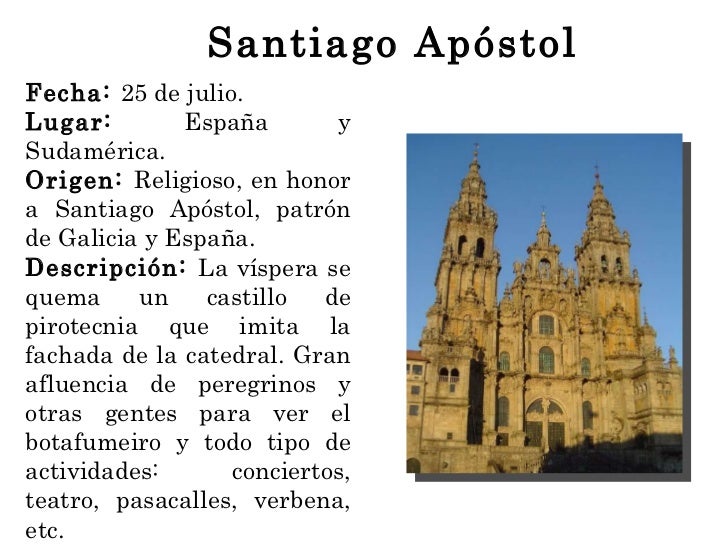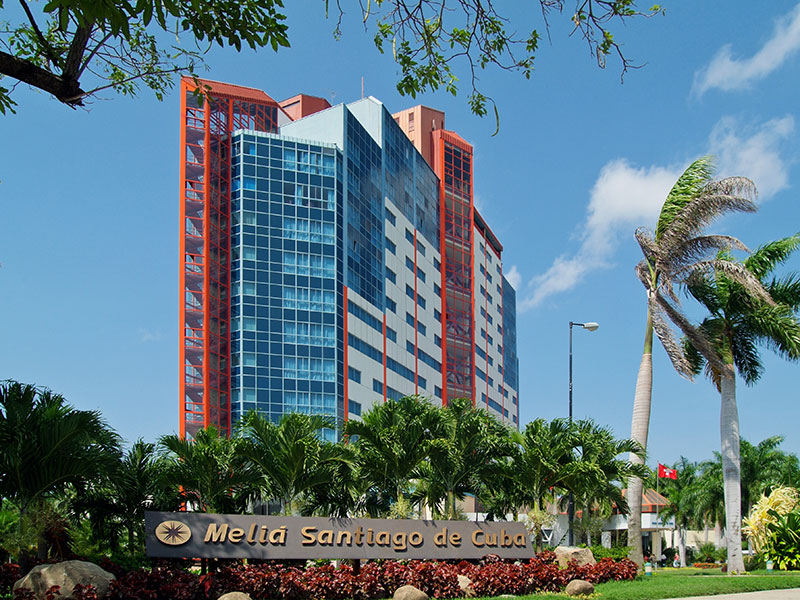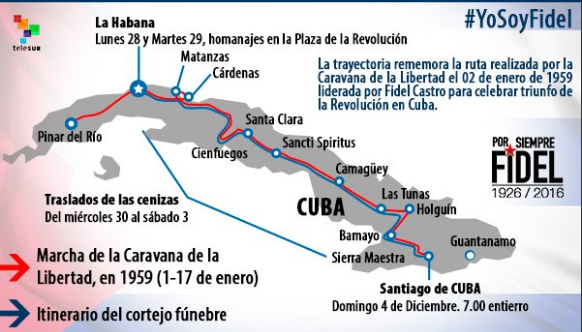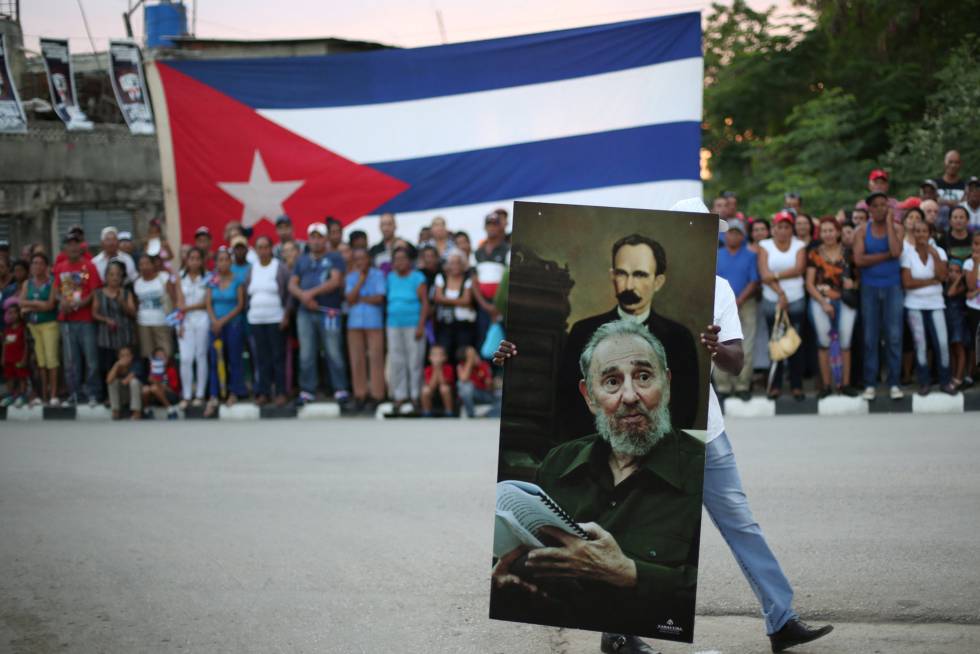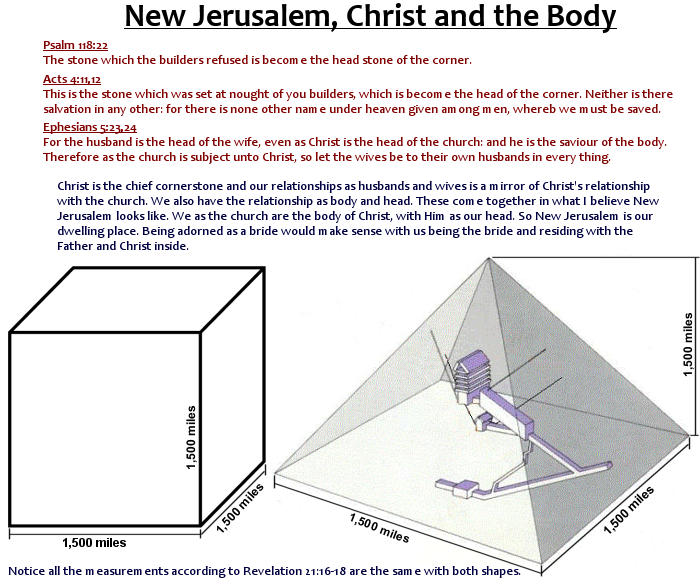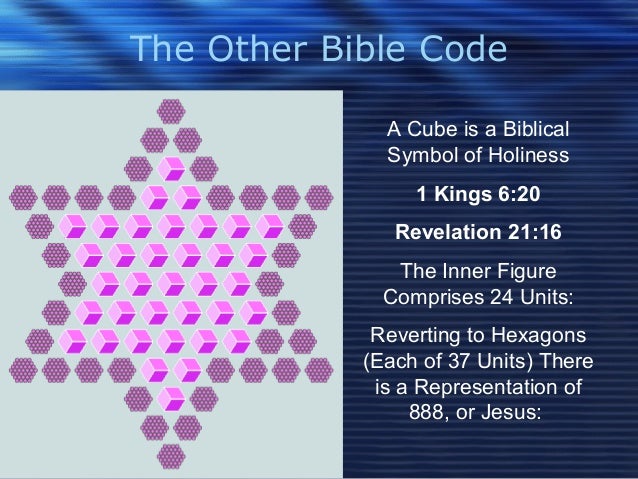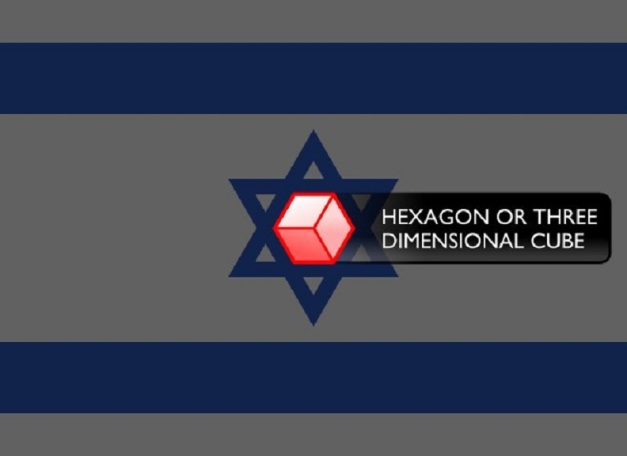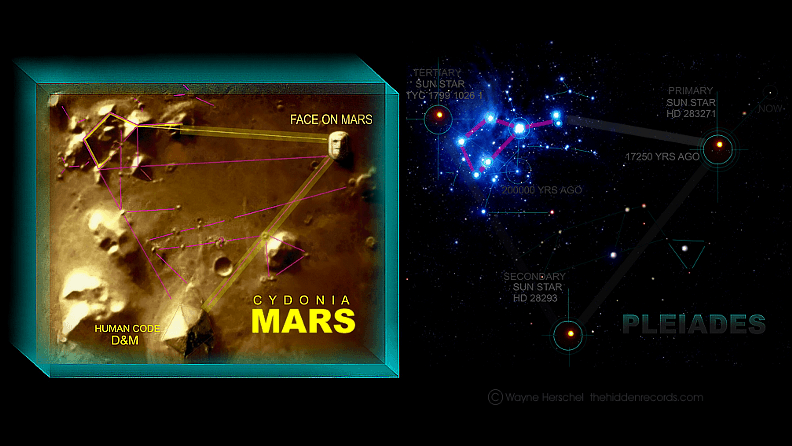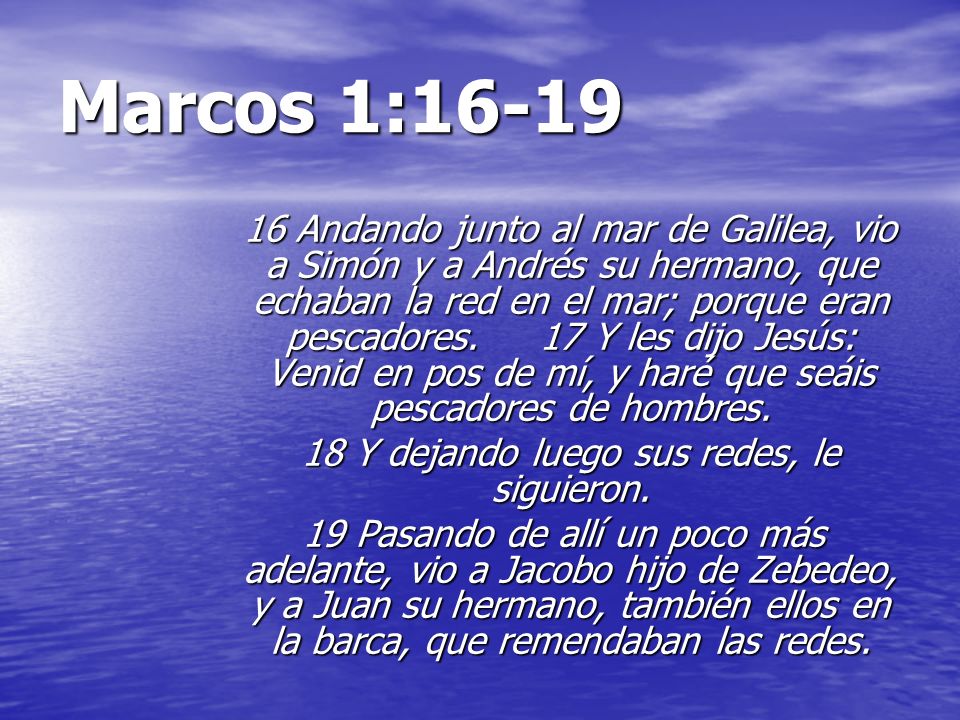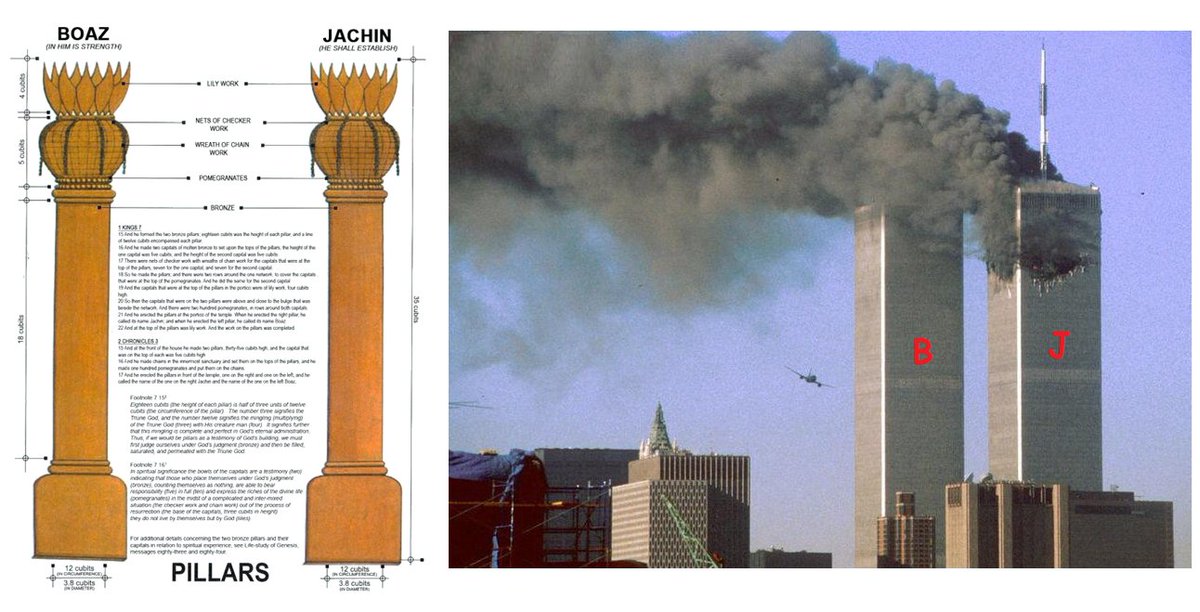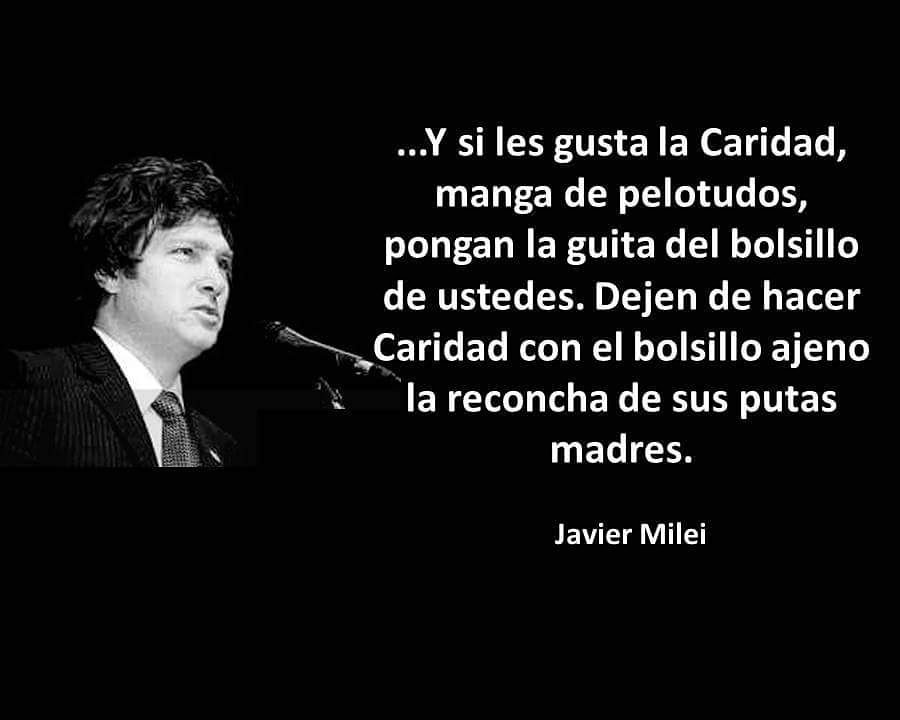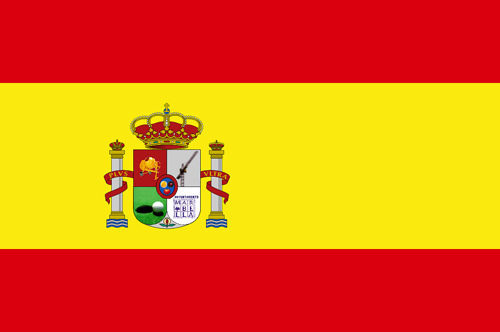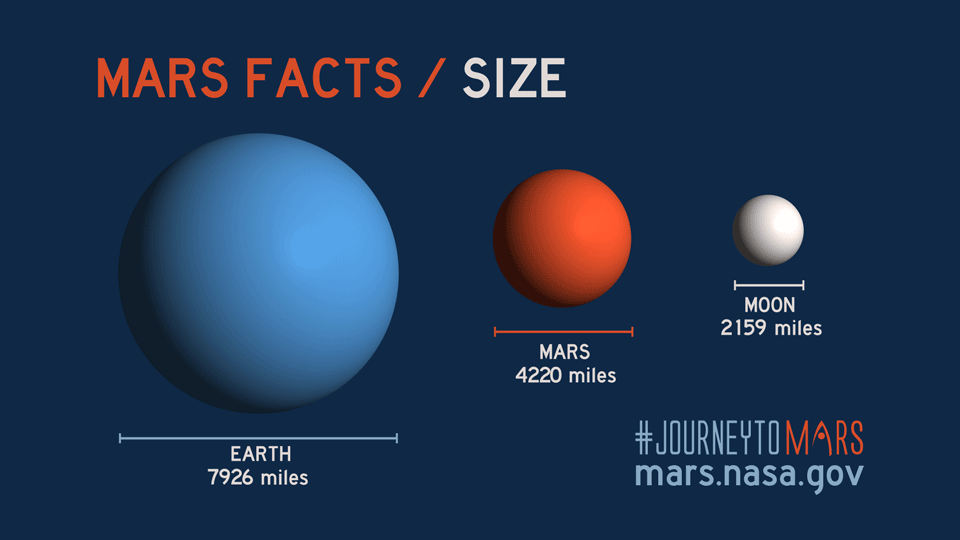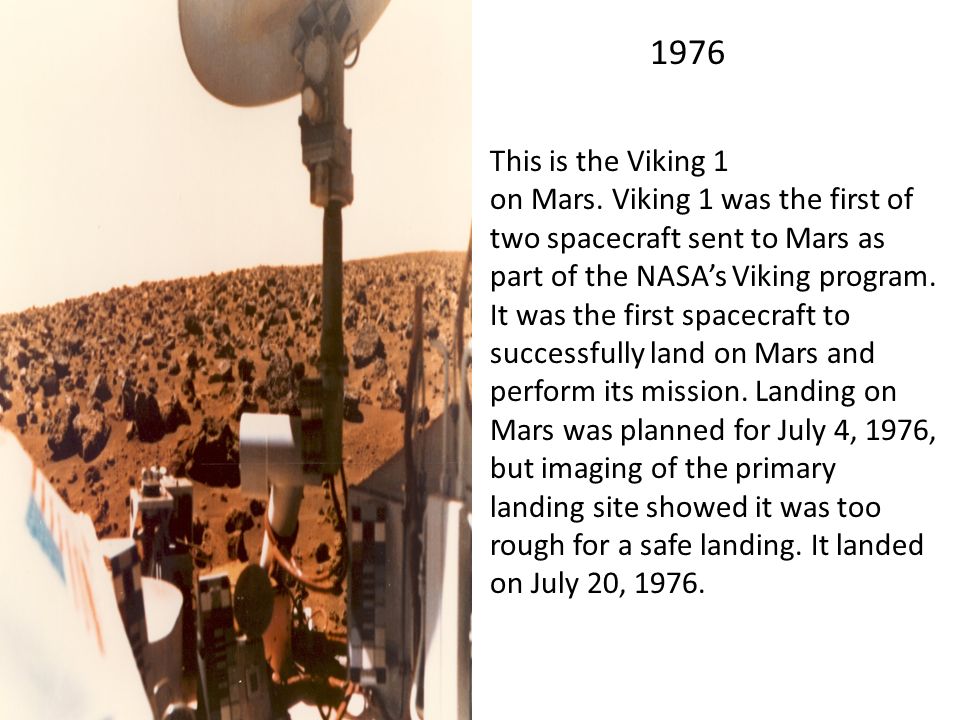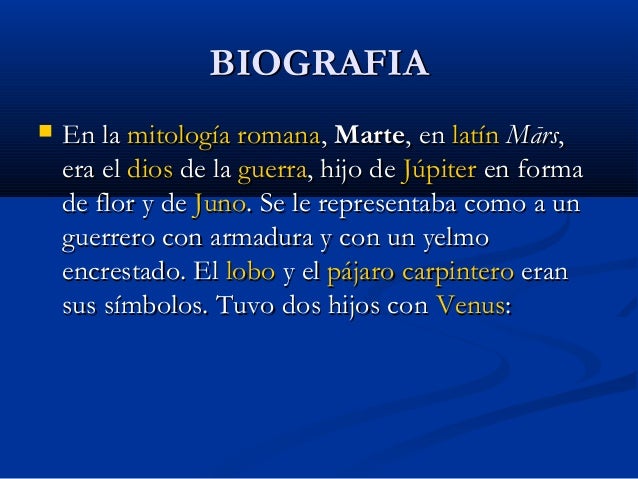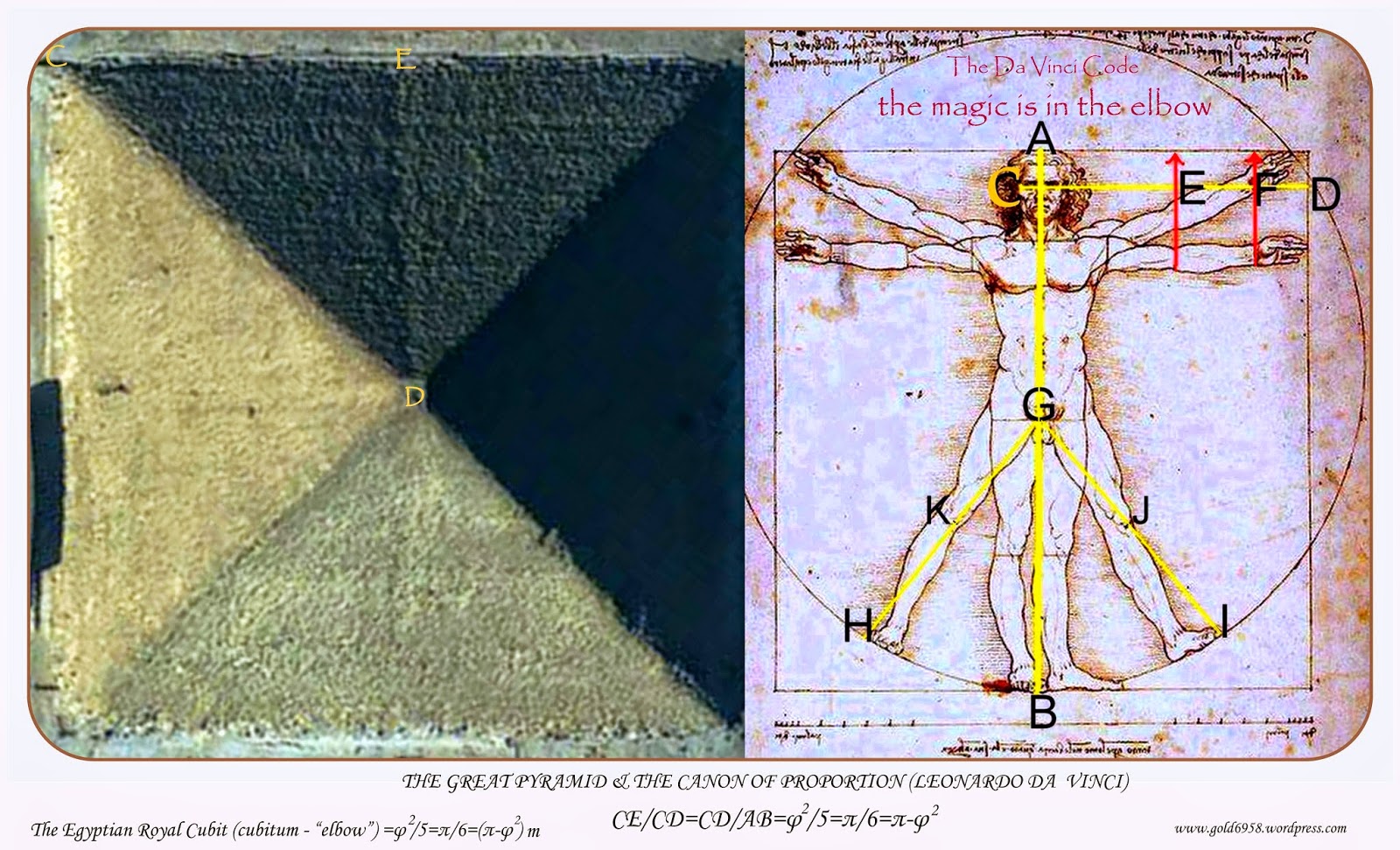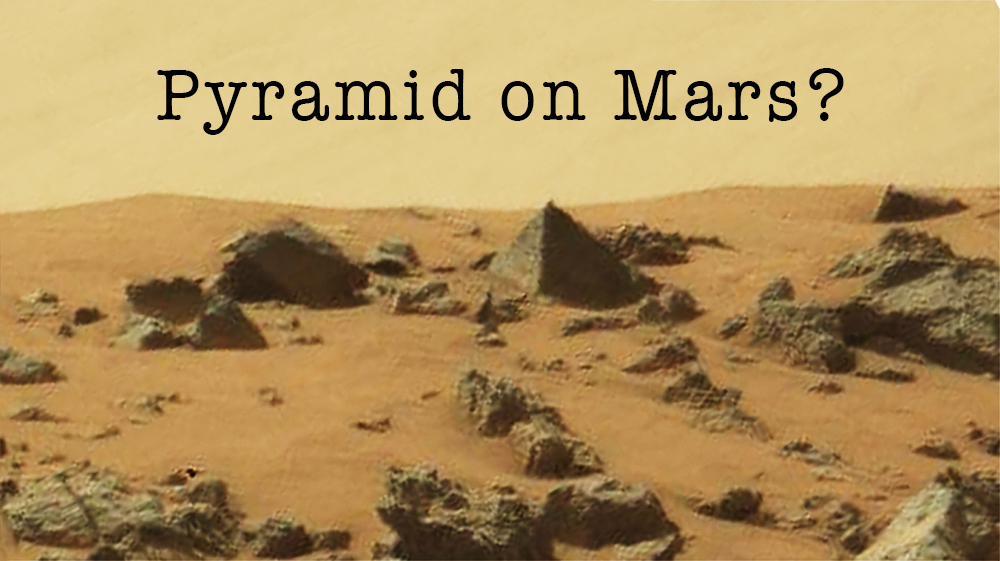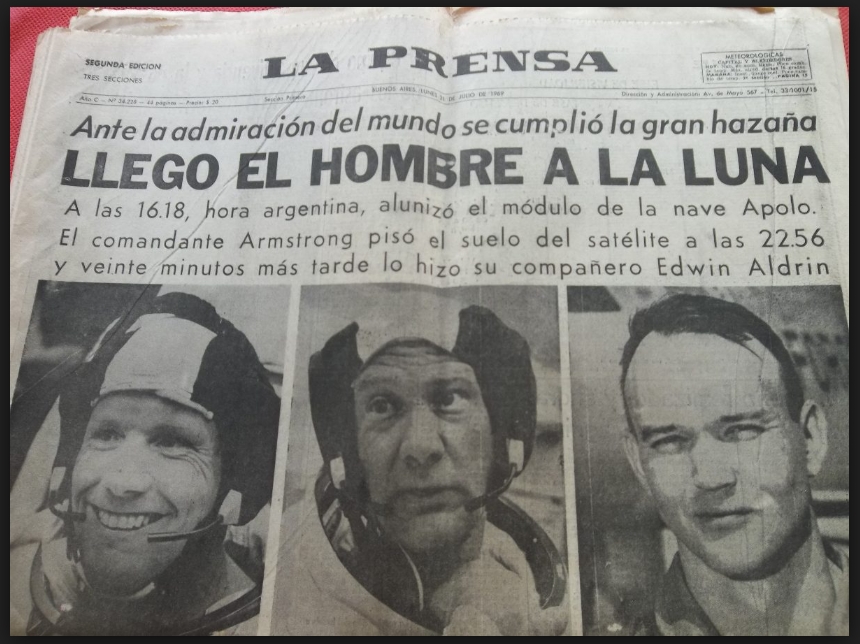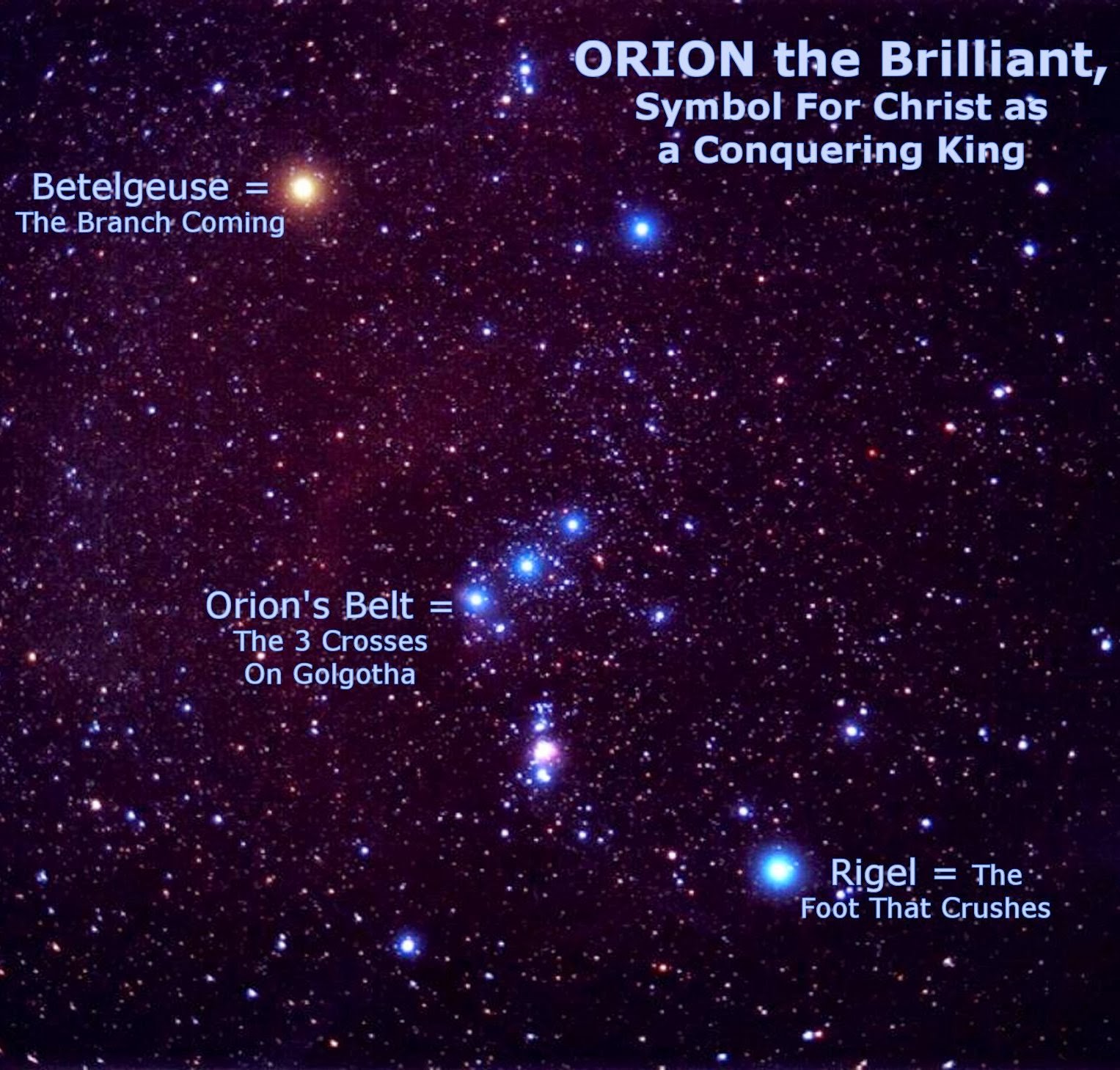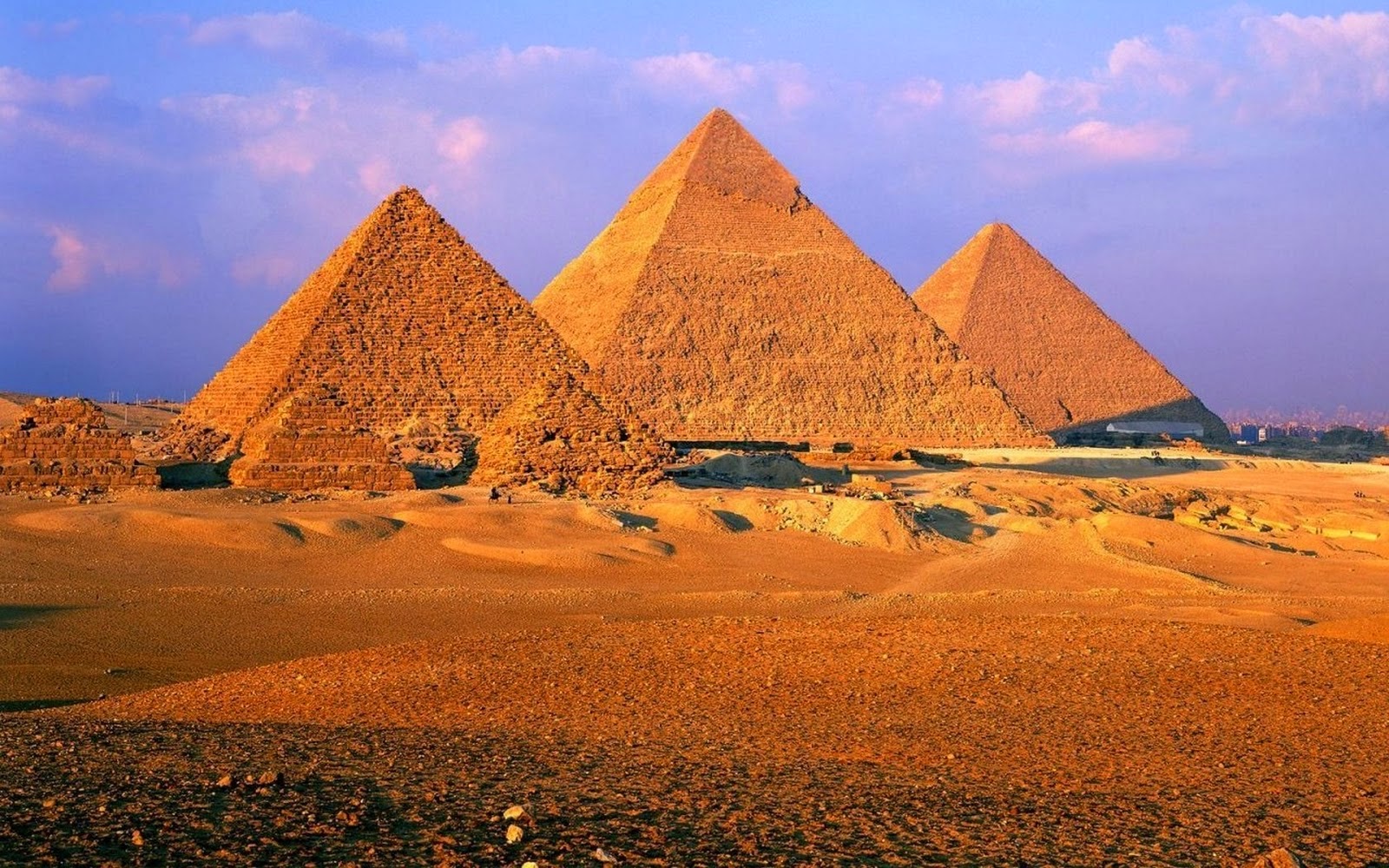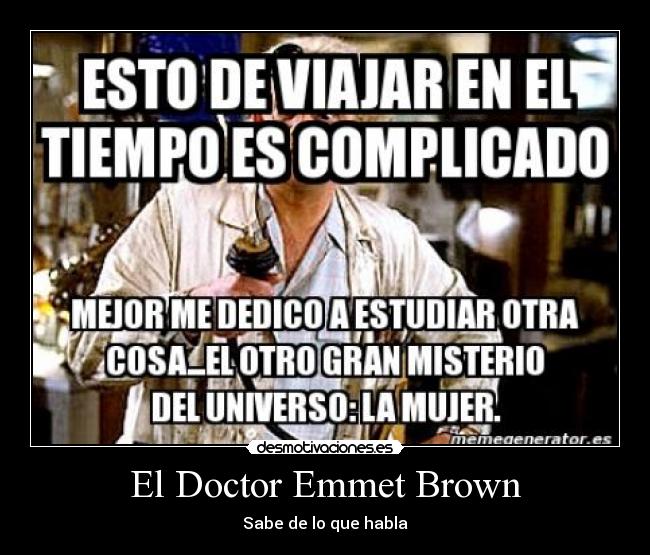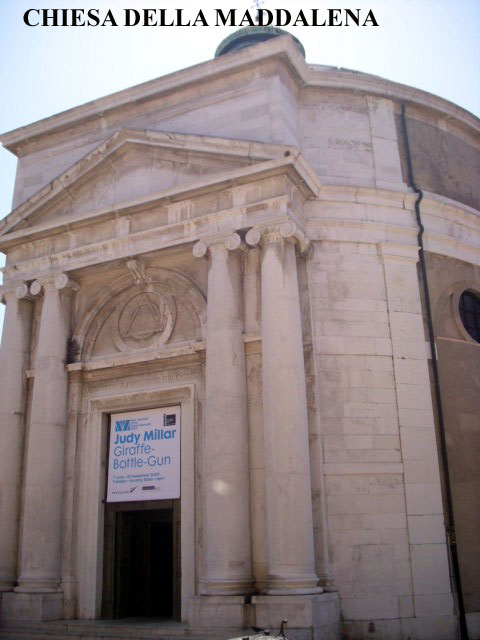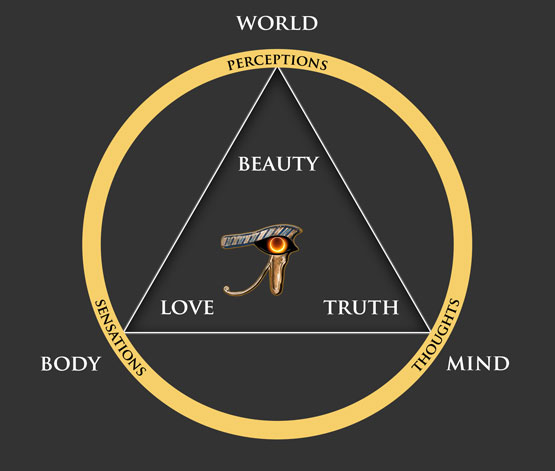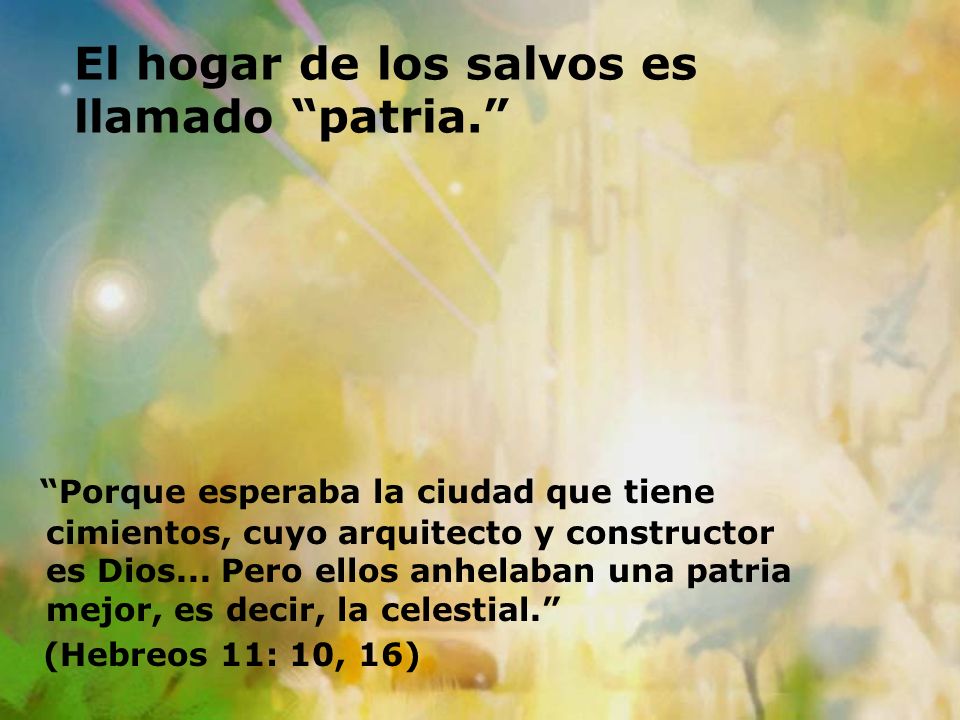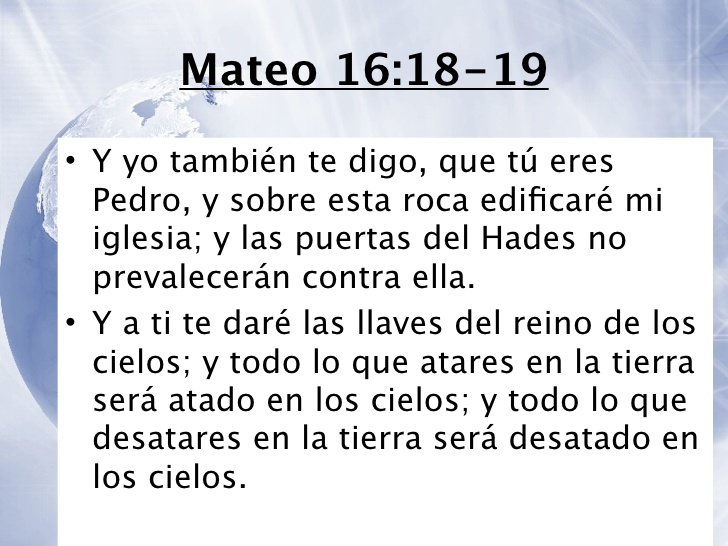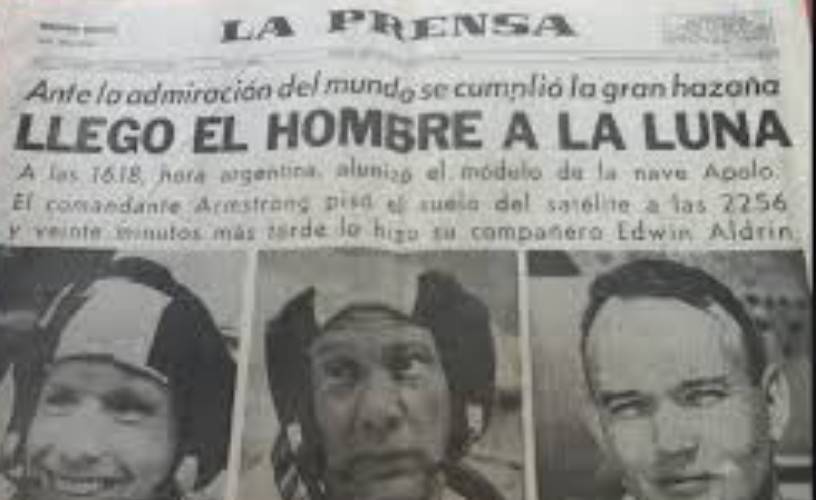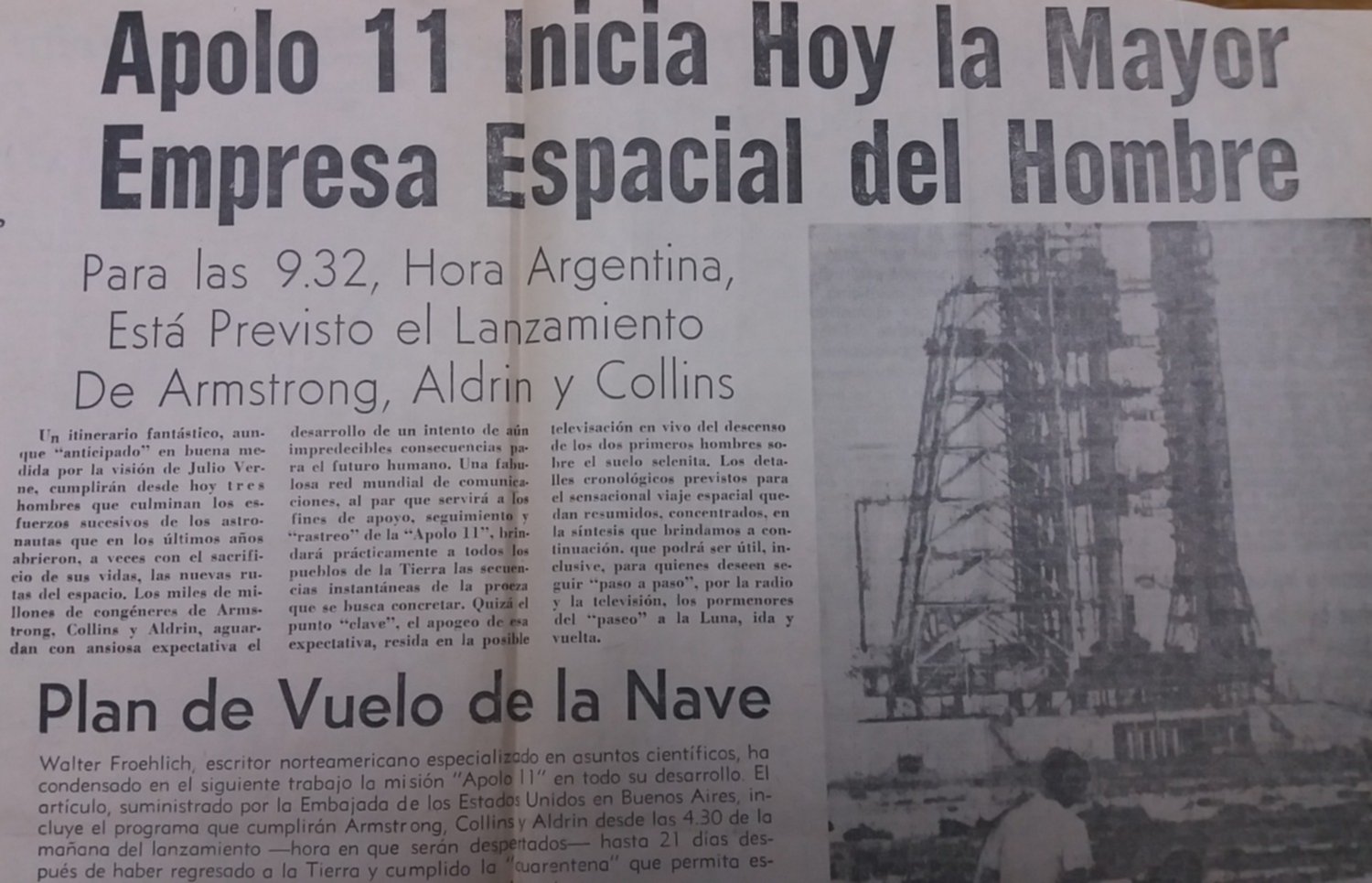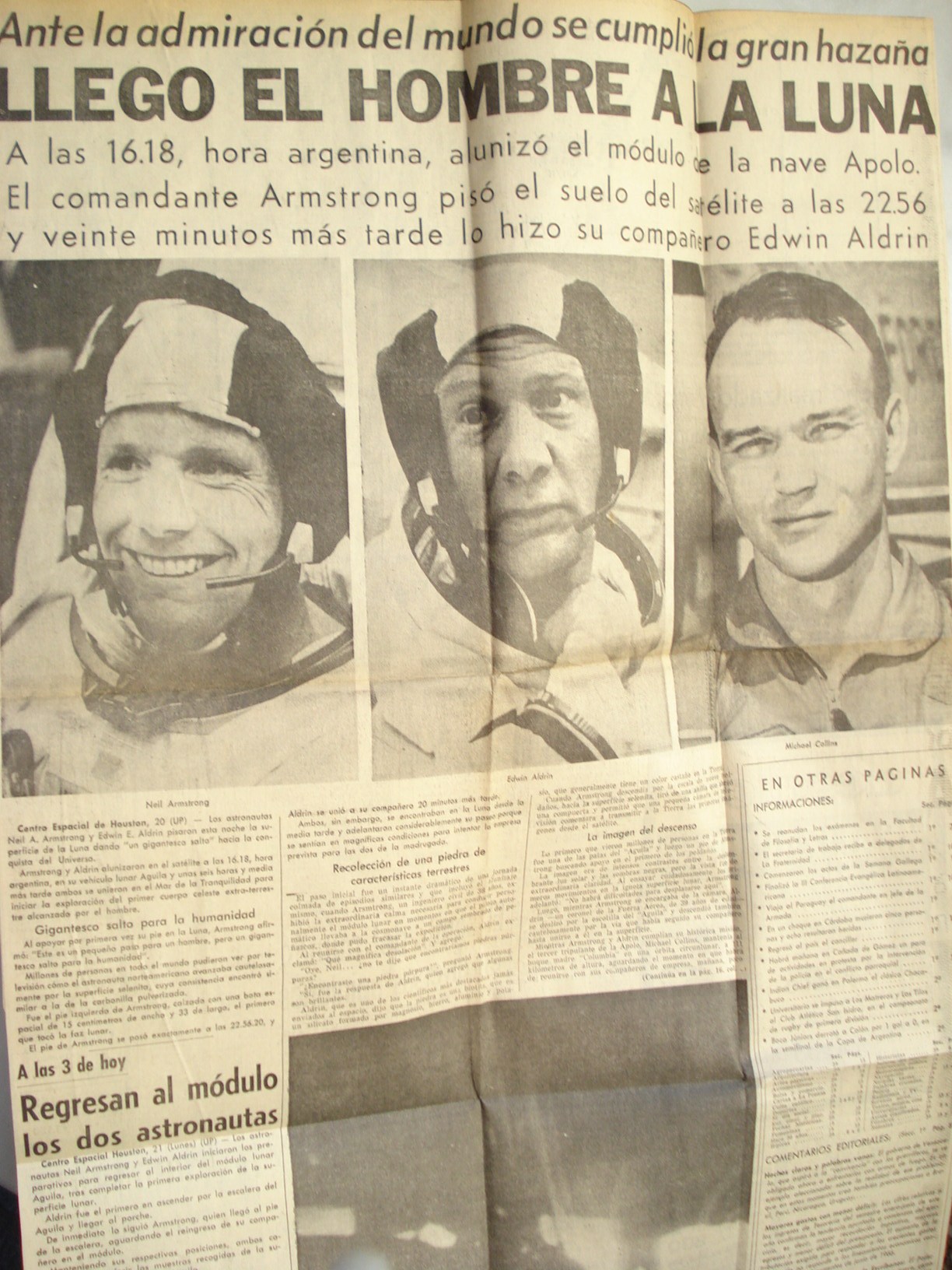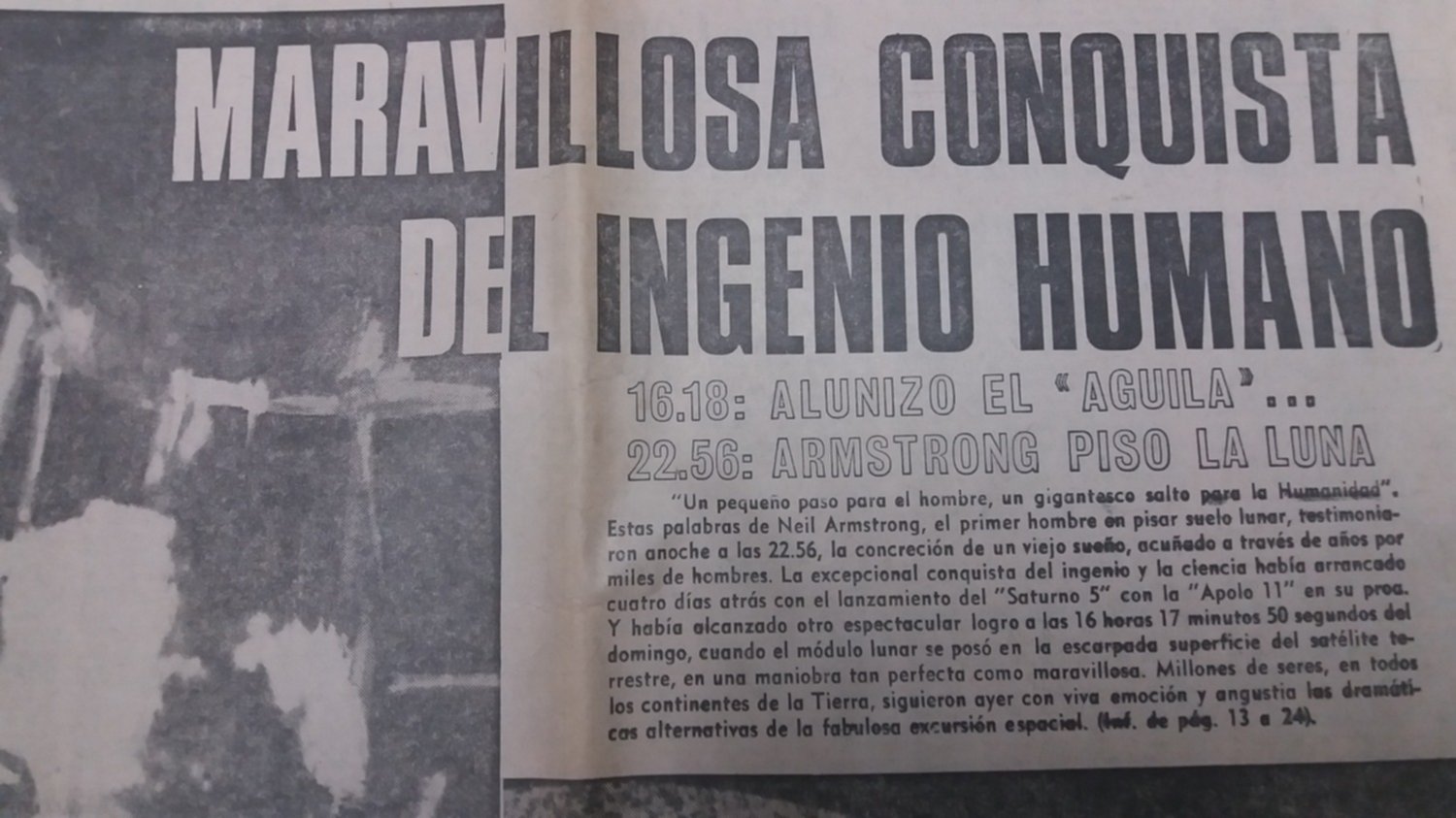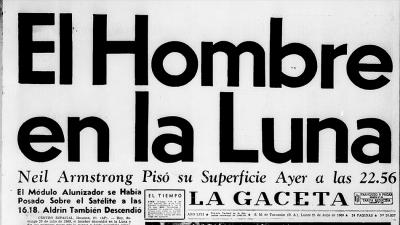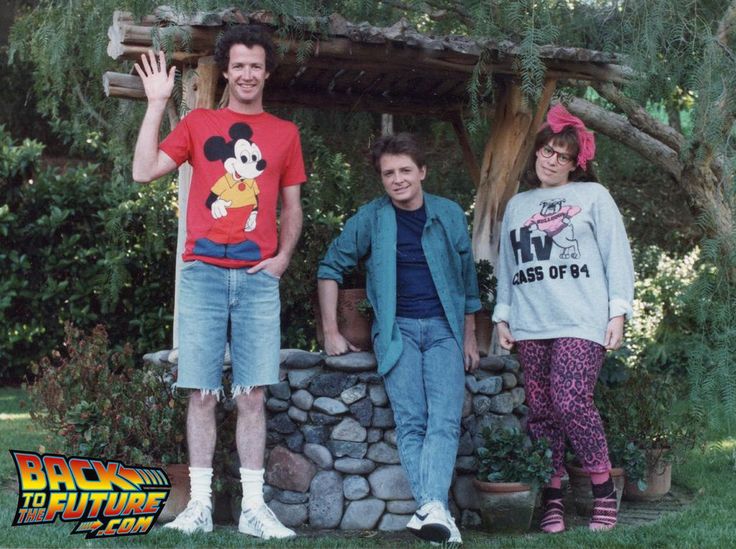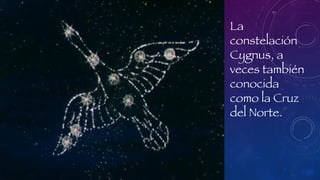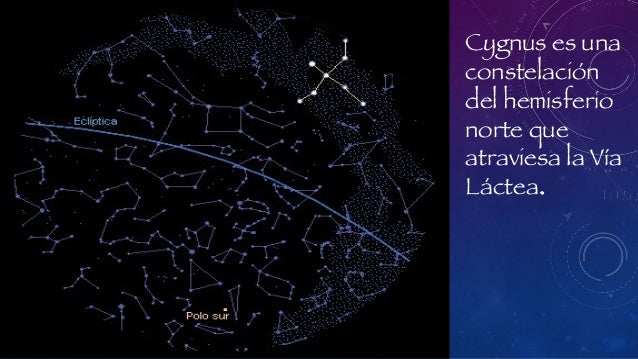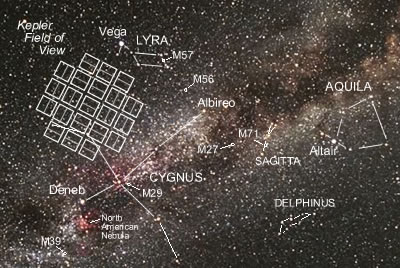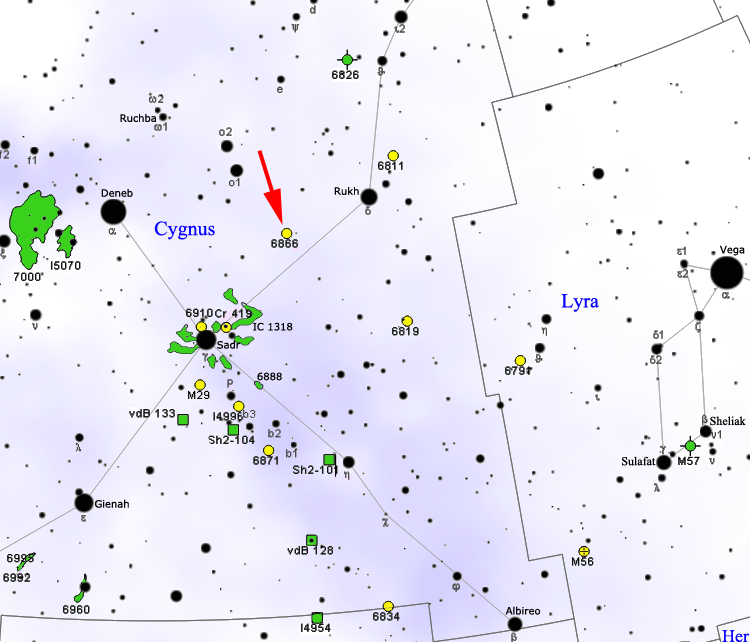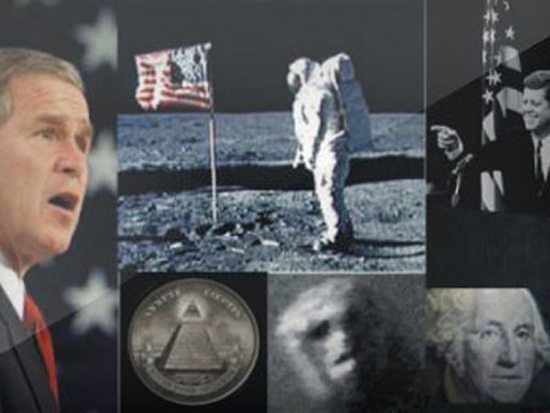|
|
General: MARTE-LA CARA OCULTA-NEXO CON EL CAMINO DE SANTIAGO/TRANSFIGURACION/GRIAL
Choisir un autre rubrique de messages |
|
Réponse |
Message 1 de 95 de ce thème |
|
DIANA / ARTEMISA / EFESO (SIETE IGLESIAS DE APOCALIPSIS)
| Reply |
Message 5 of 5 on the subject |
|
|
|
|
|
Together with Bat Boy, and Elvis the “Face on Mars” has haunted supermarket checkout Tabloids for years. NASA scientists call it merely an interesting rock formation that happens to look like a face. The faithful call it an artificial monument created by Martians as a sign, perhaps a warning, to us or other Aliens.
Where on Mars
The Face is a large mountain or mesa in the Cydonia region of Mars. It is located at around the 40.8° N, 9.6° W, that’s 40.8°N of the Martian equator. Approximately 3 km long and 1.5 km wide the face was first photographed on July 25, 1976, when the Viking 1 space probe was in orbit taking pictures. The Viking 1 was snapping photos of possible landing sites for its companion ship, Viking 2 when it shot what appeared to be a giant head.
The Viking spacecraft beamed the potential landing sites back to earth where NASA planners pored over the images to find a landing spot. When NASA scientists first saw the head the facial features were thought of as a neat coincidence. The decision was made to release the image in the hopes of spurring the public’s interest in Mars and space exploration in general.

Caption of JPL Viking Press Release P-17384 NATIONAL AERONAUTICS AND SPACE ADMINISTRATION VIKING NEWS CENTER PASADENA, CALIFORNIA (213) 354-6000 Viking 1-61
P-17384 (35A72)
PHOTO CAPTION
July 31, 1976
This picture is one of many taken in the northern latitudes of Mars by the Viking 1 Orbiter in search of a landing site for Viking 2. It shows eroded mesa-like landforms. The huge rock formation in the center, which resembles a human head, is formed by shadows giving the illusion of eyes, nose, and mouth. The feature is 1.5 kilometers (one mile) across, with the sun angle at approximately 20 degrees. The speckled appearance of the image is due to bit errors, emphasized by enlargement of the photo. The picture was taken on July 25 from a range of 1873 kilometers (1162 miles). Viking 2 will arrive in Mars orbit next Saturday (August 7) with a landing scheduled for early September.
Cydonia
Cydonia, the area of Mars where the face is located is covered with mesas that rise high in the air, the surrounding areas having been eroded by the thin Martian air, and possibly water, over billions of years. NASA Scientists saw the image as a simply a large mountain similar to mesa’s found in Arizona deserts. The low image resolution of Viking camera made the “face’s” features appear smoother than what they would be in real life. Plus the shadows give the perception of facial features. After all the brain is trained to find patterns, especially faces, in the things we see around us which is why we see things in clouds or the man on the moon. This brain’s function even has a name: pareidolia (payr.eye.DOH.lee.uh) n. The erroneous or fanciful perception of a pattern or meaning in something that is actually ambiguous or random. Finally, as talked about in the NASA caption, a bit error or a part of the image was lost in transmission appeared right where a nostril would be on a humanoid head. It is these lost “dots” or “bit errors” that give the original image a spotty appearance.
Face becomes famous
When the image was released it captured some attention but it wasn’t until the face was re-discovered three years later that it really captured the public’s imagination. Computer engineers Vincent DiPietro and Gregory Molenaar, under contract at NASA’s Goddard Space Flight Center, had been intrigued by the face and another nearby structure shaped like a pyramid, now called the D&M pyramid after its two discoverers. Poring over NASA picture archives they found 10 images taken of the face and surrounding area but only 2 where high-resolution of the face. Using a new software they had developed called SPIT (Starburst Pixel Interleave Technique) they were able to digitally enhance the images. The results of enhanced images appeared to reveal more detail of the face including, “mouth, teeth, eye sockets, eyeball and pupil, and hairline or headress, and the FACE appears to be bysymmetrical.”
The Monuments of Mars

Some of the "Monuments of Mars" see the so-called pyramid in the bottom right hand corner.
By this time public interest in the face and the potential of a lost civilization on Mars exploded. A cottage industry of books, conventions, science fiction plots about the Face on Mars quickly sprung up seemingly lead by Richard Hoagland. In his book The Monuments of Mars: A City on the Edge of Forever he talks about the face and other surrounding formations that he and others have deemed evidence of a lost civilization. Included in these other “structures” are a pyramid, fortress, ruins of a city, and much more. Fringe groups who have thought that the pyramids of Egypt and South America were either inspired by or actually built by Aliens quickly pounced on the pyramid civilization on Mars theory as proof that Aliens have visited both planets. Aerial images of the pyramid do look similar to the shots of the supposed pyramid on Mars. However, if the Face on Mars was an artificial structure why does it look straight up? The face itself is huge if you were to stand on the ground surrounding the structure you would have trouble making out the features so why would a civilization spend vast amounts of energy building something that they couldn’t even enjoy? Past civilizations on Earth have always built great monuments like this in a standing or upright sitting position i.e. Sphinx so that they could be viewed by worshippers/subjects on the ground. While Hoagland and his fellow band of believers were working themselves into a fevered pitch pointing out new artificial landmarks on the Martian landscape NASA was preparing to the next Mars visitor. The Mars Global Surveyor (MGS) began orbiting Mars on September 12, 1997, and much to the shock of the proponents of an artificial life on Mars NASA did not first go to Cydonia to re-map the Face of Mars. NASA scientists refused to acknowledge that the Face of Mars be a priority and stated something to the effect of, we’ll get around to it eventually. The public outcry was so great to revisit the Cydonia region that NASA was forced to change its timetable and agreed to re-photograph the Face of Mars and surrounding formations as soon as possible.
Picture Taken On:
July 25, 1976 as the Viking 1 space probe orbited Mars
|
|
Place:
40.8° N, 9.6° W Mars
|
Behind the Camera:
Viking I space probe
|
Picture Summary:
A mountain formation on Mars that looks like a face.
|
 This image is in the public domain because it was taken by NASA This image is in the public domain because it was taken by NASA |
|
http://www.famouspictures.org/face-on-mars/
|
|
|
|
|
|
|
Réponse |
Message 66 de 95 de ce thème |
|
|
|
|
Réponse |
Message 67 de 95 de ce thème |
|
|
|
|
Réponse |
Message 68 de 95 de ce thème |
|
|
|
|
Réponse |
Message 69 de 95 de ce thème |
|
|
|
|
Réponse |
Message 70 de 95 de ce thème |
|
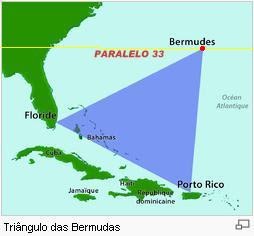  


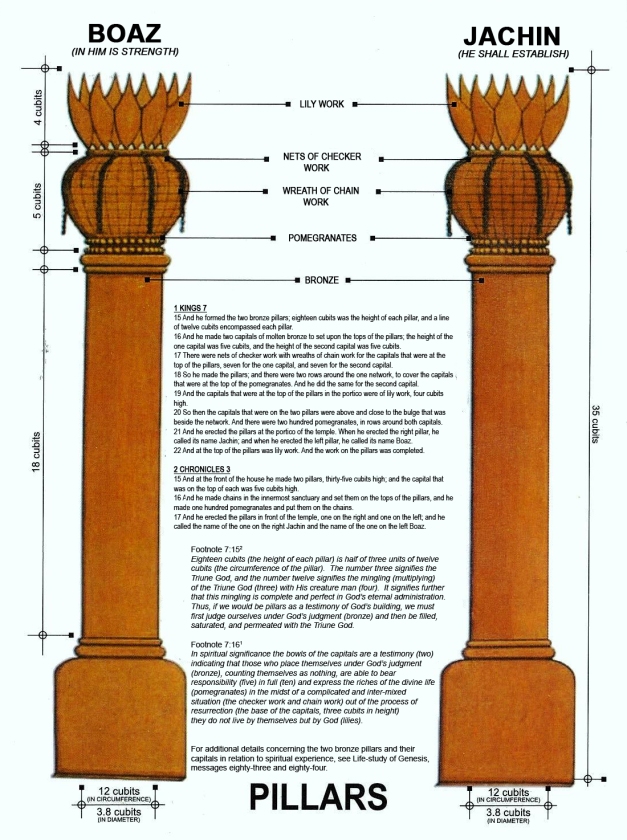 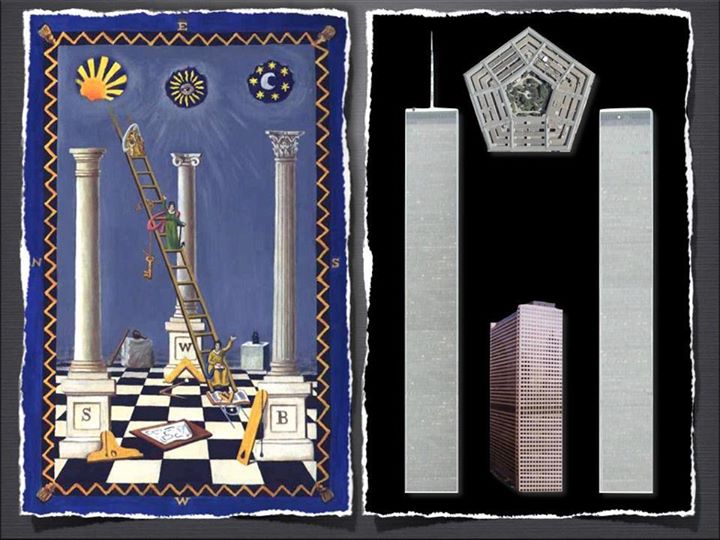 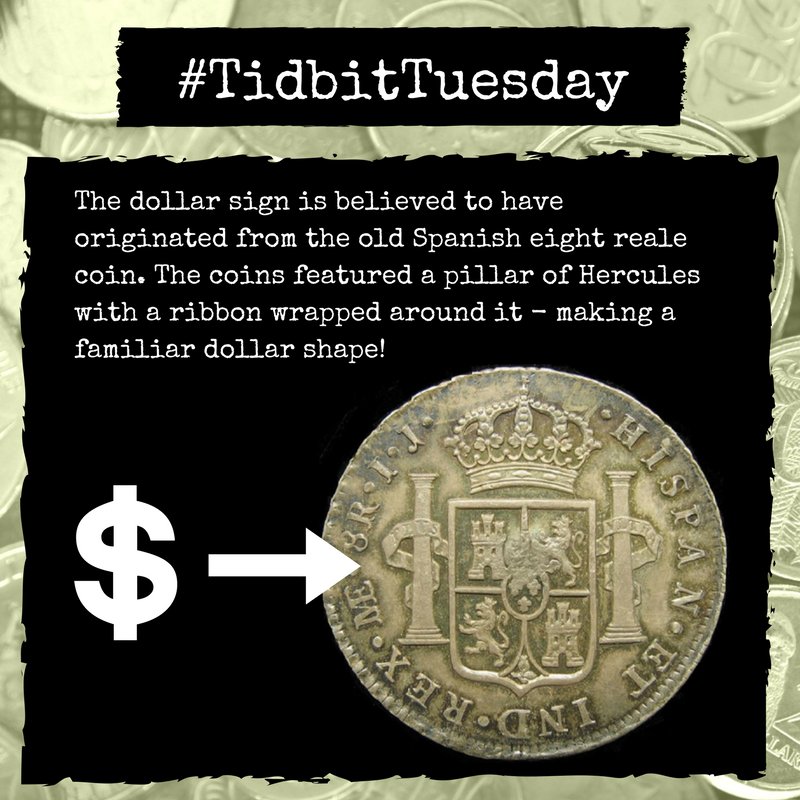 
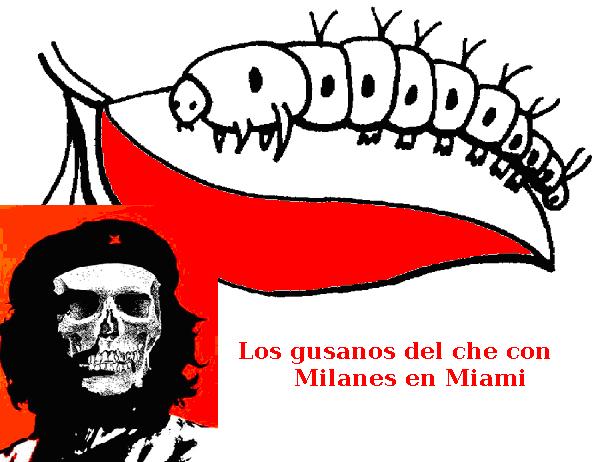



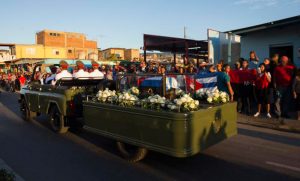 Después de una semana de ceremonias y de un cortejo fúnebre que recorrió casi toda la isla, las cenizas del ya mítico líder de la Revolución Cubana, Fidel Castro, realizaron hoy su camino final desde el Parque de la Revolución en la ciudad de Santiago de Cuba hasta el cementerio de Santa Ifigenia, donde fueron finalmente enterradas en una ceremonia privada. Después de una semana de ceremonias y de un cortejo fúnebre que recorrió casi toda la isla, las cenizas del ya mítico líder de la Revolución Cubana, Fidel Castro, realizaron hoy su camino final desde el Parque de la Revolución en la ciudad de Santiago de Cuba hasta el cementerio de Santa Ifigenia, donde fueron finalmente enterradas en una ceremonia privada.
Los restos mortales de Fidel Castro llegaron el sábado por última vez a la ciudad de Santiago de Cuba, su lugar de descanso final, donde el pueblo podrá despedirse del líder en un acto multitudinario esta tarde, antes de la ceremonia de inhumación prevista para mañana domingo.
El cortejo fúnebre, que sigue en sentido inverso el camino de la "Caravana de la Libertad" de 1959, entró a la capital oriental por la localidad de El Cobre, donde se encuentra la imagen de la Virgen de la Caridad -la Patrona de Cuba-, considerada la protectora de los luchadores por la independencia en la isla.
A ambos lados de la Carretera Central, miles de santiagueros recibieron el cortejo fúnebre con vítores, banderas cubanas y retratos del exmandatario, una escena que se ha repetido durante los cuatro días que ha durado el trayecto por casi toda la isla.
Entre el público ondeaban además múltiples enseñas rojinegras del Movimiento 26 de Julio, grupo rebelde comandado por Fidel, que tuvo una fuerte presencia en Santiago durante los tres años que duró la lucha, que terminaría con el triunfo de la Revolución Cubana en enero de 1959.
Nombrada "Ciudad Héroe" por el gobierno cubano, la ciudad fue escenario de cruentos enfrentamientos entre clandestinos que combatían a Fulgencio Batista, además de ser uno de los puntos más importantes de apoyo al "Ejército Rebelde" de Fidel, por su cercanía a la Sierra Maestra, base de los guerrilleros.
La urbe también está muy ligada a la trayectoria histórica de Castro porque en ella está ubicado el cuartel Moncada, cuyo ataque fallido marca el inicio de la insurrección liderada por Castro y donde ofreció su ahora famoso alegato de defensa conocido como "La historia me absolverá", en el que expuso su programa de lucha.
La urna de cedro que contiene las cenizas del comandante en jefe recorrerá las principales avenidas de la capital oriental, también llamada "Cuna de la Revolución", hasta llegar al Moncada, convertido en una ciudad escolar.
Desde allí se trasladará en la tarde a la plaza Antonio Maceo, donde se celebrará un último acto masivo de despedida, con la presencia de delegaciones internacionales y que concluirá con las palabras del hermano menor del líder, el actual presidente cubano, Raúl Castro.
El domingo, a las 7 am hora local, las cenizas recorrerán una última vez la ciudad y en una ceremonia íntima, a la que no se prevé acceso a los medios, serán inhumadas en el cementerio Santa Ifigenia, necrópolis de próceres y mártires, donde descansará junto al Héroe Nacional cubano, José Martí.
|
|
|
|
Réponse |
Message 71 de 95 de ce thème |
|


  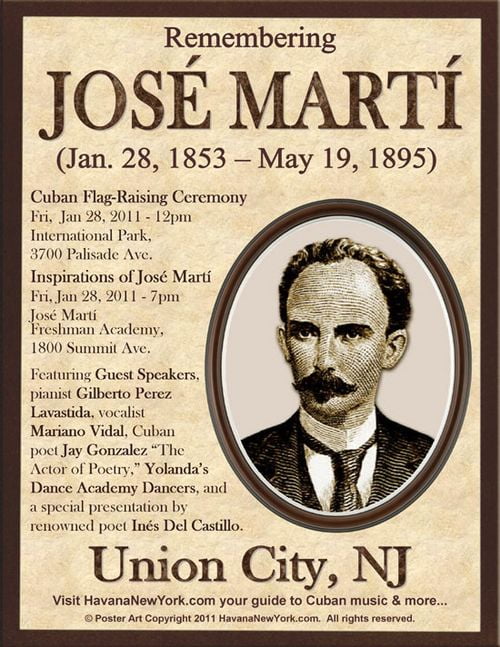 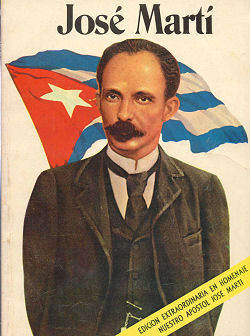  

 Después de una semana de ceremonias y de un cortejo fúnebre que recorrió casi toda la isla, las cenizas del ya mítico líder de la Revolución Cubana, Fidel Castro, realizaron hoy su camino final desde el Parque de la Revolución en la ciudad de Santiago de Cuba hasta el cementerio de Santa Ifigenia, donde fueron finalmente enterradas en una ceremonia privada. Después de una semana de ceremonias y de un cortejo fúnebre que recorrió casi toda la isla, las cenizas del ya mítico líder de la Revolución Cubana, Fidel Castro, realizaron hoy su camino final desde el Parque de la Revolución en la ciudad de Santiago de Cuba hasta el cementerio de Santa Ifigenia, donde fueron finalmente enterradas en una ceremonia privada.
Los restos mortales de Fidel Castro llegaron el sábado por última vez a la ciudad de Santiago de Cuba, su lugar de descanso final, donde el pueblo podrá despedirse del líder en un acto multitudinario esta tarde, antes de la ceremonia de inhumación prevista para mañana domingo.
El cortejo fúnebre, que sigue en sentido inverso el camino de la "Caravana de la Libertad" de 1959, entró a la capital oriental por la localidad de El Cobre, donde se encuentra la imagen de la Virgen de la Caridad -la Patrona de Cuba-, considerada la protectora de los luchadores por la independencia en la isla.
A ambos lados de la Carretera Central, miles de santiagueros recibieron el cortejo fúnebre con vítores, banderas cubanas y retratos del exmandatario, una escena que se ha repetido durante los cuatro días que ha durado el trayecto por casi toda la isla.
Entre el público ondeaban además múltiples enseñas rojinegras del Movimiento 26 de Julio, grupo rebelde comandado por Fidel, que tuvo una fuerte presencia en Santiago durante los tres años que duró la lucha, que terminaría con el triunfo de la Revolución Cubana en enero de 1959.
Nombrada "Ciudad Héroe" por el gobierno cubano, la ciudad fue escenario de cruentos enfrentamientos entre clandestinos que combatían a Fulgencio Batista, además de ser uno de los puntos más importantes de apoyo al "Ejército Rebelde" de Fidel, por su cercanía a la Sierra Maestra, base de los guerrilleros.
La urbe también está muy ligada a la trayectoria histórica de Castro porque en ella está ubicado el cuartel Moncada, cuyo ataque fallido marca el inicio de la insurrección liderada por Castro y donde ofreció su ahora famoso alegato de defensa conocido como "La historia me absolverá", en el que expuso su programa de lucha.
La urna de cedro que contiene las cenizas del comandante en jefe recorrerá las principales avenidas de la capital oriental, también llamada "Cuna de la Revolución", hasta llegar al Moncada, convertido en una ciudad escolar.
Desde allí se trasladará en la tarde a la plaza Antonio Maceo, donde se celebrará un último acto masivo de despedida, con la presencia de delegaciones internacionales y que concluirá con las palabras del hermano menor del líder, el actual presidente cubano, Raúl Castro.
El domingo, a las 7 am hora local, las cenizas recorrerán una última vez la ciudad y en una ceremonia íntima, a la que no se prevé acceso a los medios, serán inhumadas en el cementerio Santa Ifigenia, necrópolis de próceres y mártires, donde descansará junto al Héroe Nacional cubano, José Martí.
|
|
|
|
Réponse |
Message 72 de 95 de ce thème |
|
|
|
|
Réponse |
Message 73 de 95 de ce thème |
|
|
|
|
Réponse |
Message 74 de 95 de ce thème |
|
¿EL RELIGIOSO TRADICIONAL ES MUY EMOCIONAL?
ES NOTABLE, EL PANICO QUE LE TIENE EL RELIGIOSO TRADICIONAL, A LA RELACION DE UN DIOS TODOPODEROSO CON LO CIENTIFICO.
10 dic. 2019 - Subido por Magdalena Merbilháa Red Cultural
2 Chile despertó? - RACIONALISMO - ideas políticas hasta hoy. Magdalena Merbilháa Red Cultural. Loading ...
|
|
|
|
Réponse |
Message 75 de 95 de ce thème |
|
Saint Mary Magdalene in Venice
 A closer look 
 the Apple
|
|
|
|
Réponse |
Message 76 de 95 de ce thème |
|
|
|
|
Réponse |
Message 77 de 95 de ce thème |
|
|
|
|
Réponse |
Message 78 de 95 de ce thème |
|
|
|
|
Réponse |
Message 79 de 95 de ce thème |
|
|
|
|
Réponse |
Message 80 de 95 de ce thème |
|
|
|
 Premier Premier
 Précédent
66 a 80 de 95
Suivant Précédent
66 a 80 de 95
Suivant Dernier
Dernier
|
|
| |
|
|
©2025 - Gabitos - Tous droits réservés | |
|
|
 Después de una semana de ceremonias y de un cortejo fúnebre que recorrió casi toda la isla, las cenizas del ya mítico líder de la Revolución Cubana, Fidel Castro, realizaron hoy su camino final desde el Parque de la Revolución en la ciudad de Santiago de Cuba hasta el cementerio de Santa Ifigenia, donde fueron finalmente enterradas en una ceremonia privada.
Después de una semana de ceremonias y de un cortejo fúnebre que recorrió casi toda la isla, las cenizas del ya mítico líder de la Revolución Cubana, Fidel Castro, realizaron hoy su camino final desde el Parque de la Revolución en la ciudad de Santiago de Cuba hasta el cementerio de Santa Ifigenia, donde fueron finalmente enterradas en una ceremonia privada.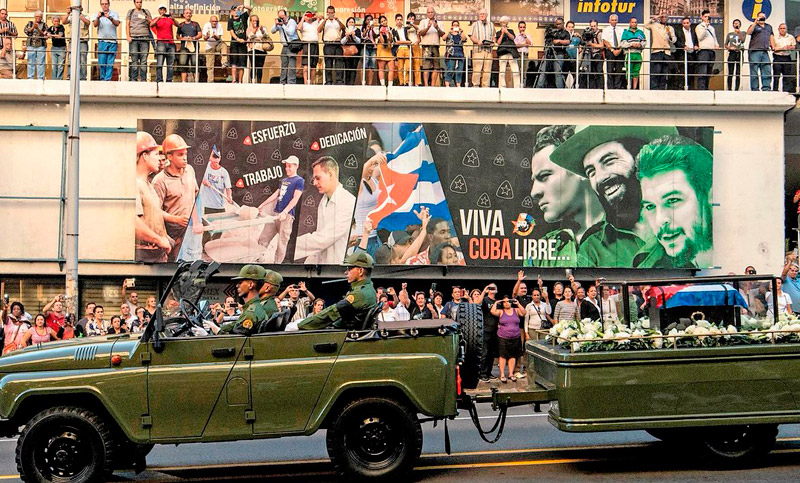



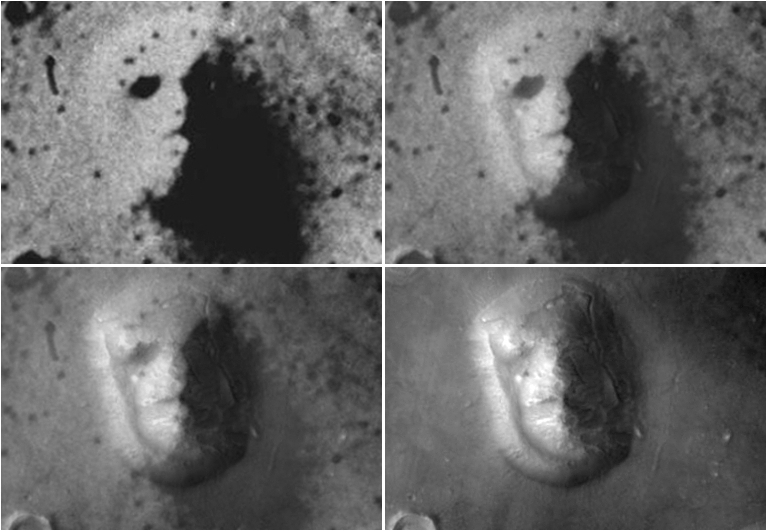












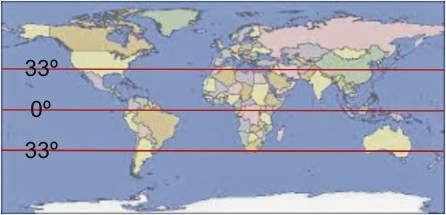













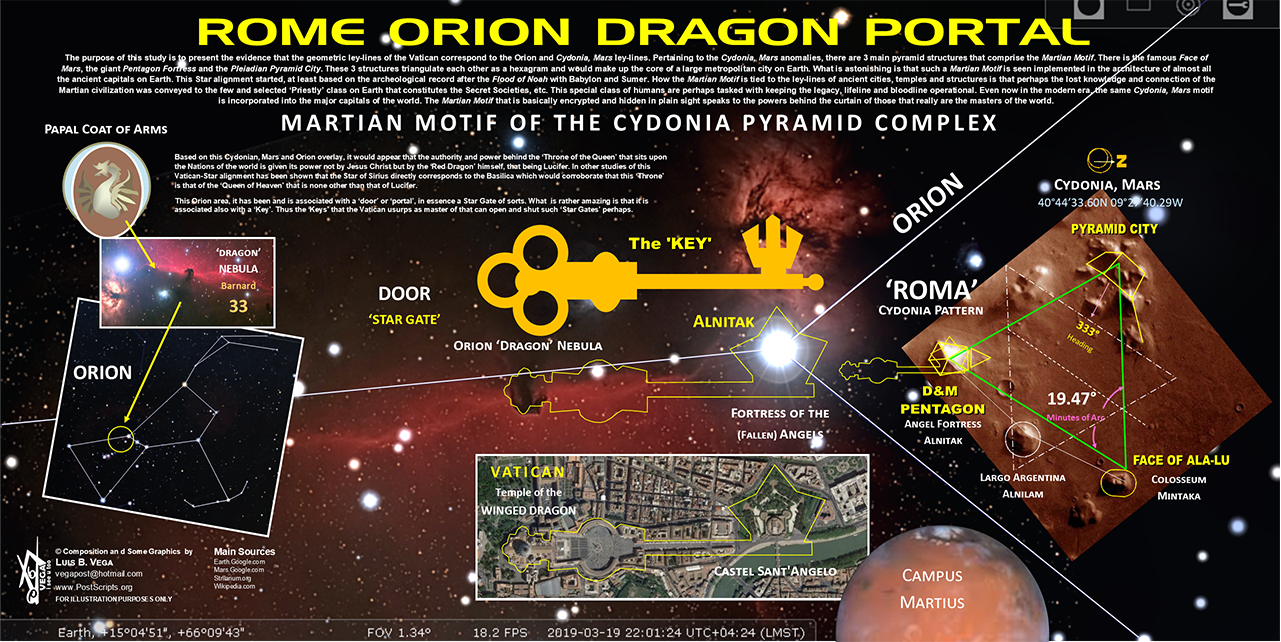


/arc-anglerfish-arc2-prod-dmn.s3.amazonaws.com/public/ZKKHDX7MPOIRIS2TPB5RNSMM5A.jpg)







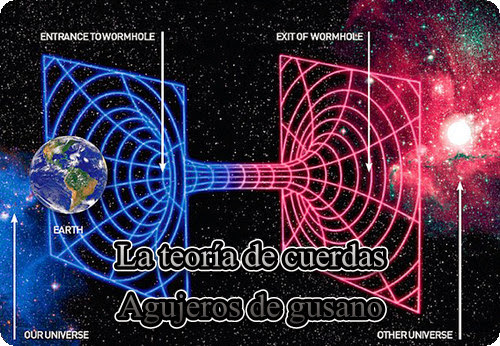











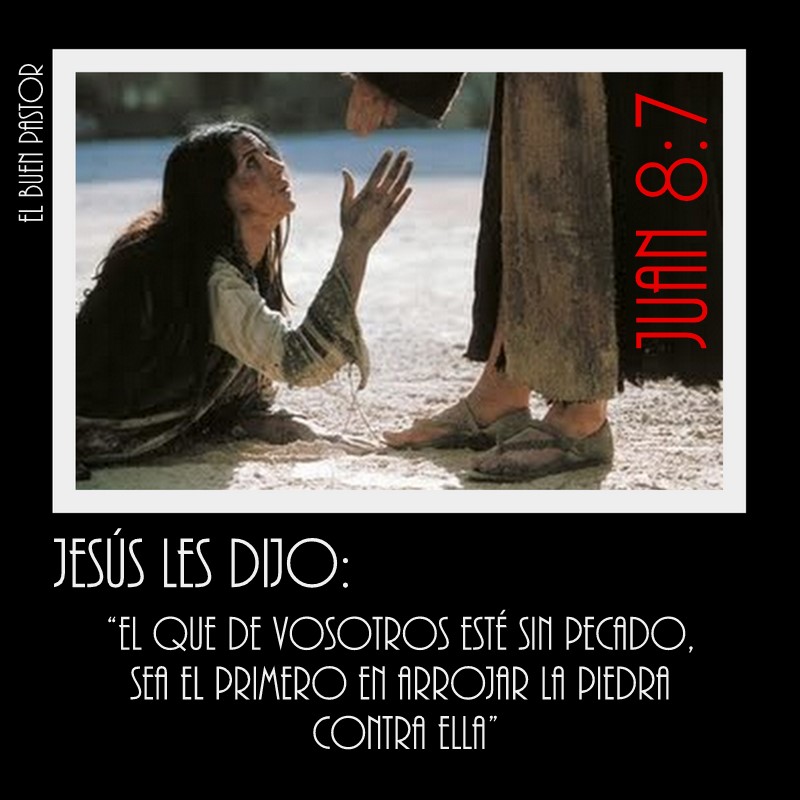




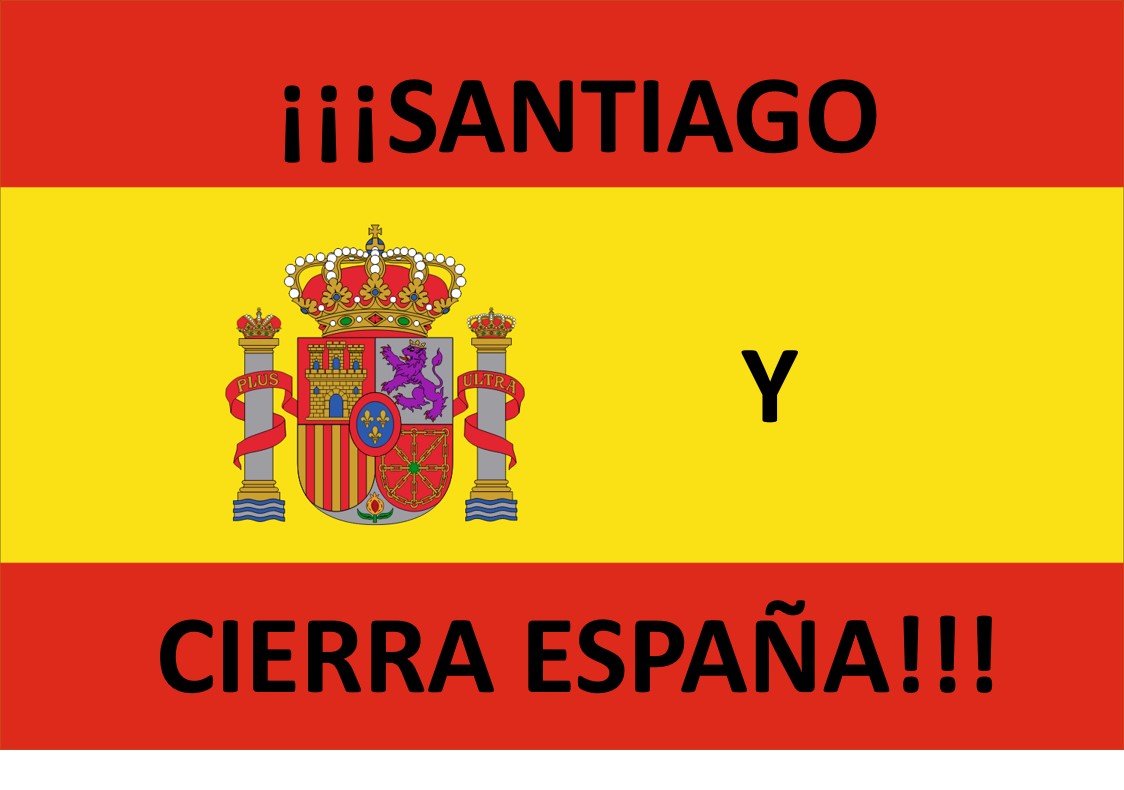


 ForoCoches
ForoCoches






